Candy
Bounty Candybar Ad
Most erotic candybar ad ever?
Posted By: Paul - Tue Mar 14, 2023 -
Comments (6)
Category: Innuendo, Double Entendres, Symbolism, Nudge-Nudge-Wink-Wink and Subliminal Messages, Advertising, Candy, 1980s
Native American Endorsements
A good, short essay, with many examples (but not including the two videos below), can be found here.
Posted By: Paul - Mon Jan 16, 2023 -
Comments (0)
Category: Advertising, Candy, Cereal, Twentieth Century, Native Americans
The Queen of Candy
The Queen's Wikipedia page.
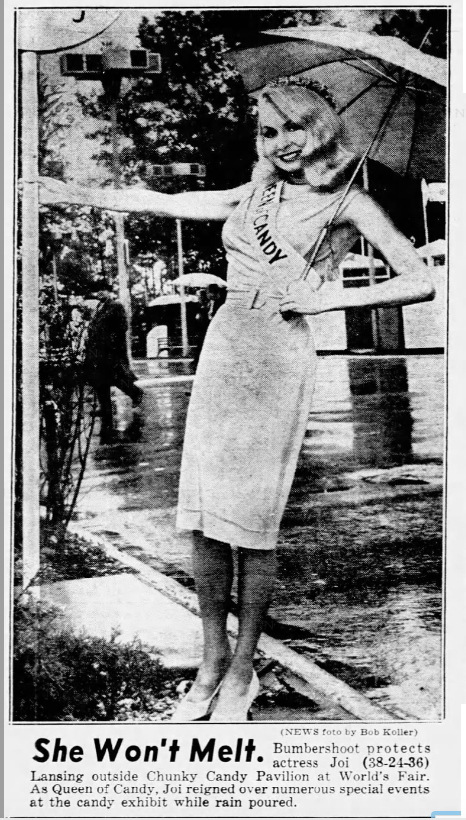
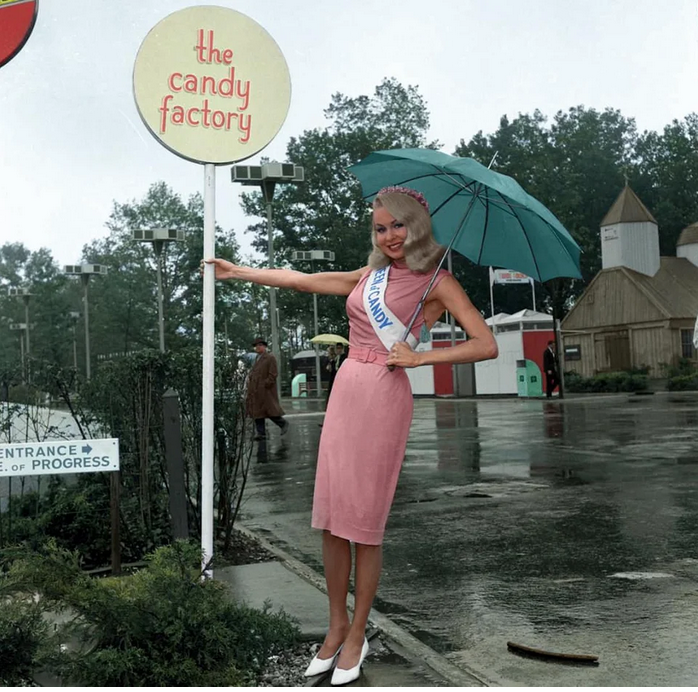
Posted By: Paul - Fri Nov 18, 2022 -
Comments (0)
Category: Beauty, Ugliness and Other Aesthetic Issues, Royalty, Expositions, World Fairs, Celebrations, Candy, 1960s
The Strange Will of John Mostow
Source: The Boston Globe (Boston, Massachusetts)04 Apr 1928, Wed Page 16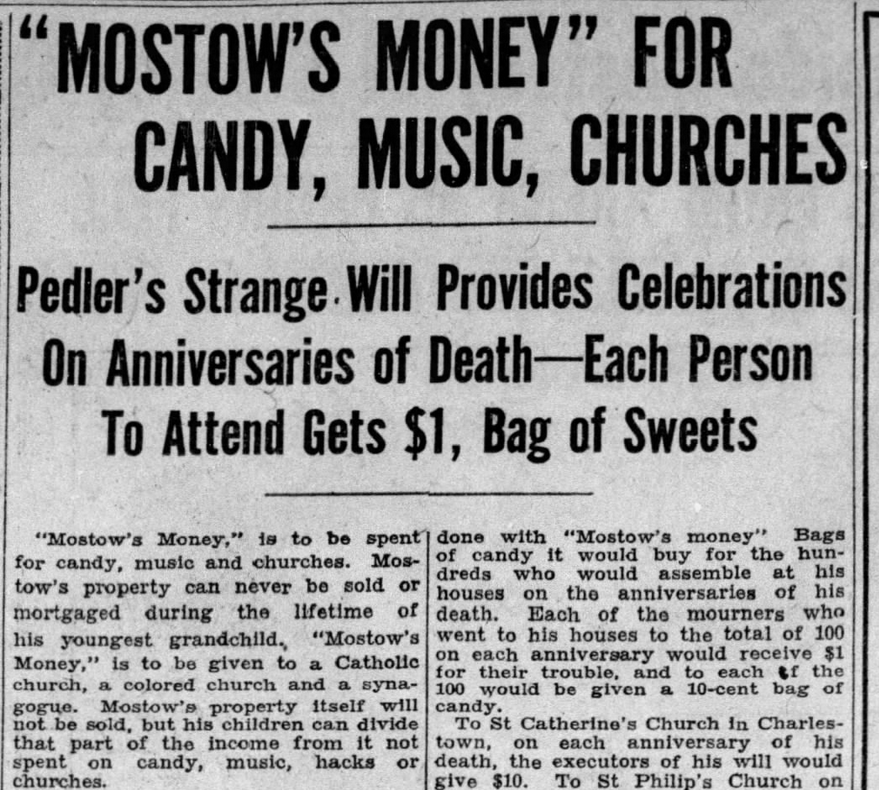


Posted By: Paul - Wed Jul 06, 2022 -
Comments (1)
Category: Death, Inheritance and Wills, Eccentrics, Law, Money, Candy, 1920s
Follies of the Madmen #521
Our candy is the only thing that offers solace to this hideous cyborg who lives a life of eternal anguish and pain.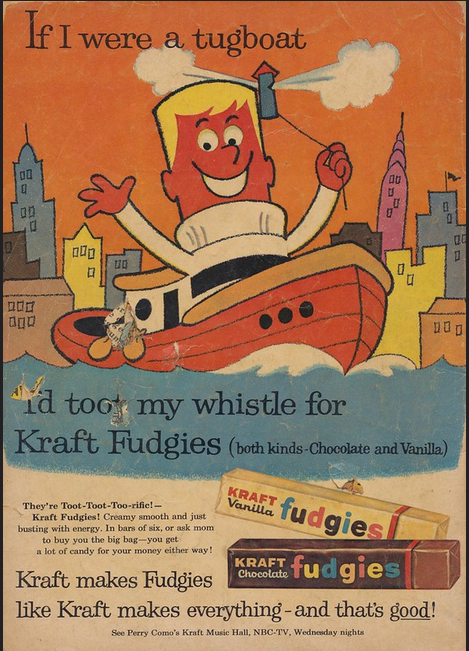
Posted By: Paul - Sat Dec 04, 2021 -
Comments (4)
Category: Advertising, Candy
Candy as a drug deterrent
1979: James Mack, a candy manufacturer representative, told government officials that banning candy sales from schools could lead to "injury, drug abuse and drinking." His reasoning was that candy provided children with an "island of pleasure," and if denied this they might seek out worse things such as drugs. They might even "leave the school premises [to seek out candy] and encounter traffic hazards".
Wisconsin State Journal - Jan 31, 1979
Posted By: Alex - Sat May 22, 2021 -
Comments (4)
Category: Candy, 1970s
Do you eat enough candy?
... Caroline Hunt, noted specialist in Home Economics, has therefore recommended that candy be made a part of the "sweets" ration, which consists of about five pounds a week for the family of five. Candy may constitute whatever part of this is desired.
So they were recommending that everyone eat a pound of candy a week!

Saturday Evening Post - Oct 27, 1928. Source: atticpaper.com
Posted By: Alex - Wed Mar 31, 2021 -
Comments (6)
Category: Advertising, Candy, 1920s
The Traveling Candy Store
I must confess that the notion of a vehicle that brings candy directly to you had never occurred to me before. But what a great idea!Here's the tale of a modern incarnation.

Here's their website, with an itinerary.
And here's the tale of someone who had the idea 100 years ago! (Scroll up.)
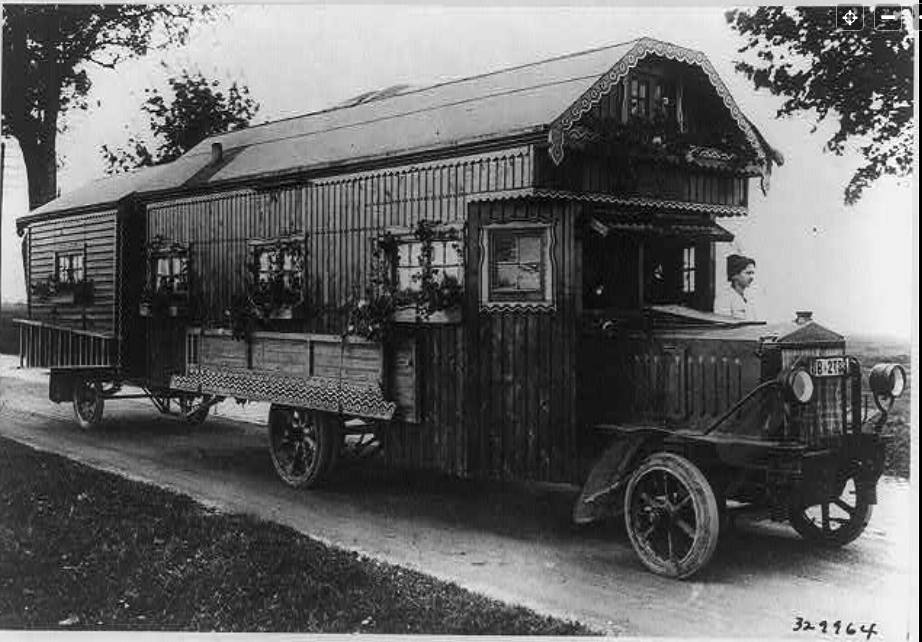

Posted By: Paul - Tue Jan 19, 2021 -
Comments (3)
Category: Business, Retailing, Motor Vehicles, Travel, Candy, 1920s
Death by licorice
The New England Journal of Medicine recently reported on a case of a 54-year-old man who died by eating too much licorice:The glycyrrhetinic acid caused his potassium levels to drop, which then caused his heart to stop.
It would have been weirder if he had been crushed by 16 tons of licorice. But licorice overdose is a weird way to die nevertheless.
Posted By: Alex - Tue Sep 29, 2020 -
Comments (3)
Category: Death, Candy
Sweet Jesus Chocolate
Created in 1991 by Australian philosophy student Richard Manderson. They were Jesus-shaped chocolates filled with raspberry jam so they would "bleed" when bitten.
Weekly World News - May 21, 1991
More info from wikipedia:
When a US newspaper condemned his act of depicting Jesus on a chocolate, Manderson decided in answer to create an actual life-size chocolate Jesus he called Trans-substantiation 2. He did so by filling a plaster mold with fifty-five pounds of melted chocolate. He used chocolate-dipped strings for hair and plastic Easter wrap for a loincloth. Manderson's work was exhibited in public around Easter in 1994, with Manderson inviting the public to come and eat his chocolate Jesus work after the exhibition.
The Jesus Question blog delves more deeply into the history of chocolate Jesuses.
Posted By: Alex - Fri May 15, 2020 -
Comments (8)
Category: Religion, Candy, 1990s

| Who We Are |
|---|
| Alex Boese Alex is the creator and curator of the Museum of Hoaxes. He's also the author of various weird, non-fiction, science-themed books such as Elephants on Acid and Psychedelic Apes. Paul Di Filippo Paul has been paid to put weird ideas into fictional form for over thirty years, in his career as a noted science fiction writer. He has recently begun blogging on many curious topics with three fellow writers at The Inferior 4+1. Contact Us |




